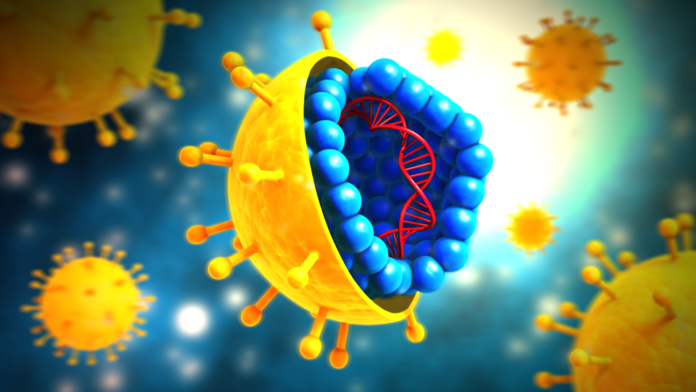Viral load measures the amount of HIV in the blood, is an indicator of disease progression, transmission chances
India is all set to start viral load testing for all people living with HIV (PLHIV). Health minister J P Nadda will launch the initiative on Monday.
Viral load is the term used to describe the amount of HIV in the blood of a PLHIV. The more HIV there is in the blood (and therefore the higher the viral load), the faster does the CD4 cell count fall, and the greater the risk of becoming ill because of HIV. CD4 cell counts are a measure of how immune compromised a person is.
India has a low prevalence of HIV infection, around 0.26 percent but it is home to the third largest population in the world of PLHIV, estimated to be about 21 lakh.
Under the plan finalised by NACO, all HIV1 and HIV1 & 2 co-infected patients who are registered under the programme and have been on ART for at least six months are eligible for viral load testing. Knowing the viral load in a person newly detected with HIV is crucial for the course of treatment. Regular testing in known PLHIVs too helps in taking appropriate treatment decisions. Viral load also gives an idea about the chances of transmission. For very low viral loads the chances of passing the virus during even unprotected sex is very little.
India has a low prevalence of HIV infection, around 0.26 percent but it is home to the third largest population in the world of PLHIV, estimated to be about 21 lakh.
Last year India had adopted a test and treat policy, making all PLHIV eligible for anti retroviral treatment regardless of their immune status. This is as per latest guidelines by the World Health Organisation. Currently, according to government estimates, there are 11.5 lakh PLHIVs taking free ART through 536 ART centres in the country.
Standard antiretroviral therapy (ART), as defined by WHO consists of a combination of antiretroviral (ARV) drugs to maximally suppress the HIV virus and stop the progression of HIV disease. ART also prevents onward transmission of HIV.
With a view to ending AIDS by 2030, India has also adopted a seven-year National Strategic Plan on HIV/AIDS and STI, 2017-24. The plan sets two major targets – reaching the global 90-90-90 and elimination of transmission of HIV and Syphilis from mother to child by 2020. India is a signatory to the UN strategy of 90-90-90 and is aiming at ending AIDS as a public health threat by 2030. The strategy aims to ensure 90% of people living with HIV know their status, 90% are on ART and 90% have viral suppression.


